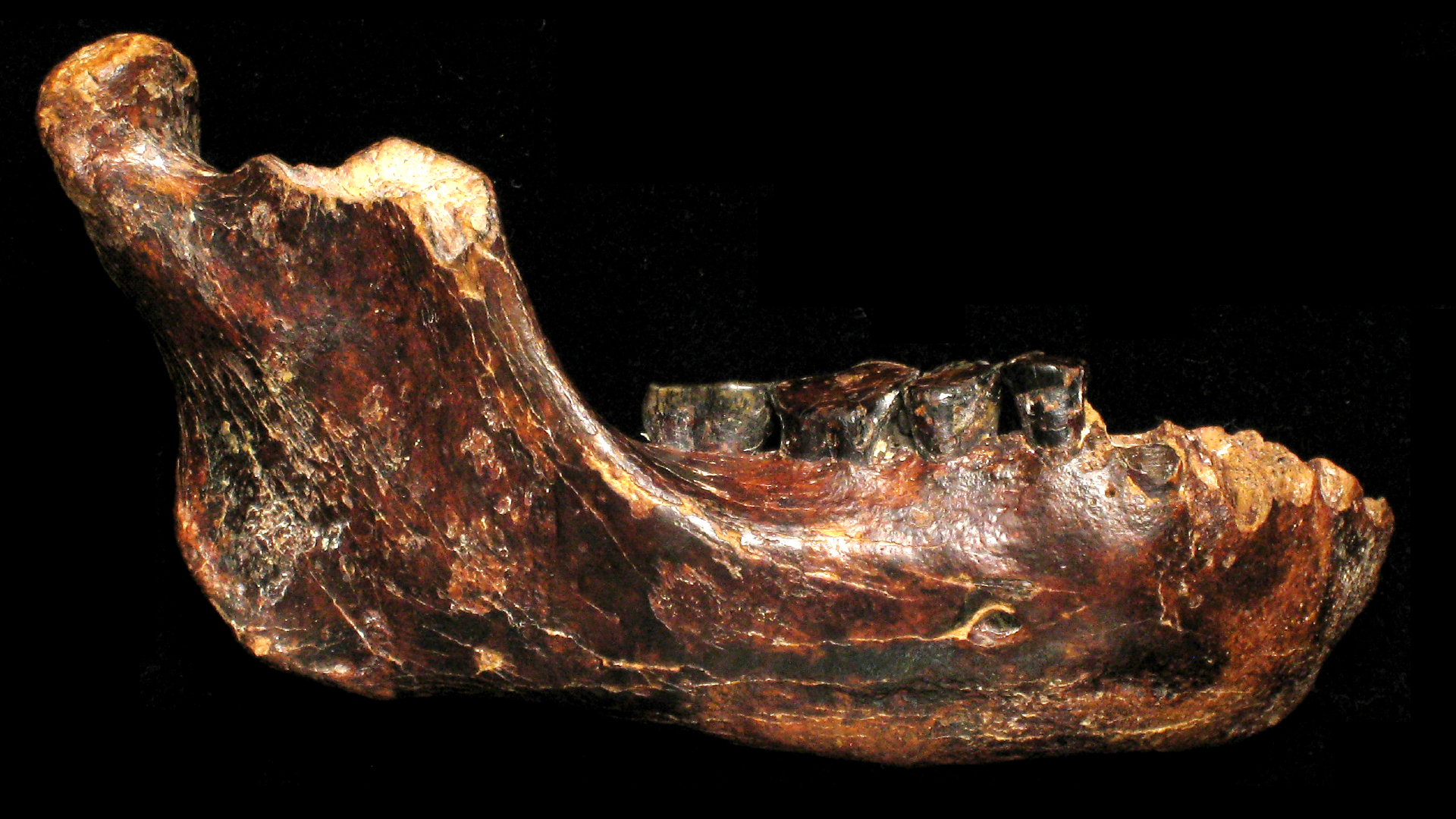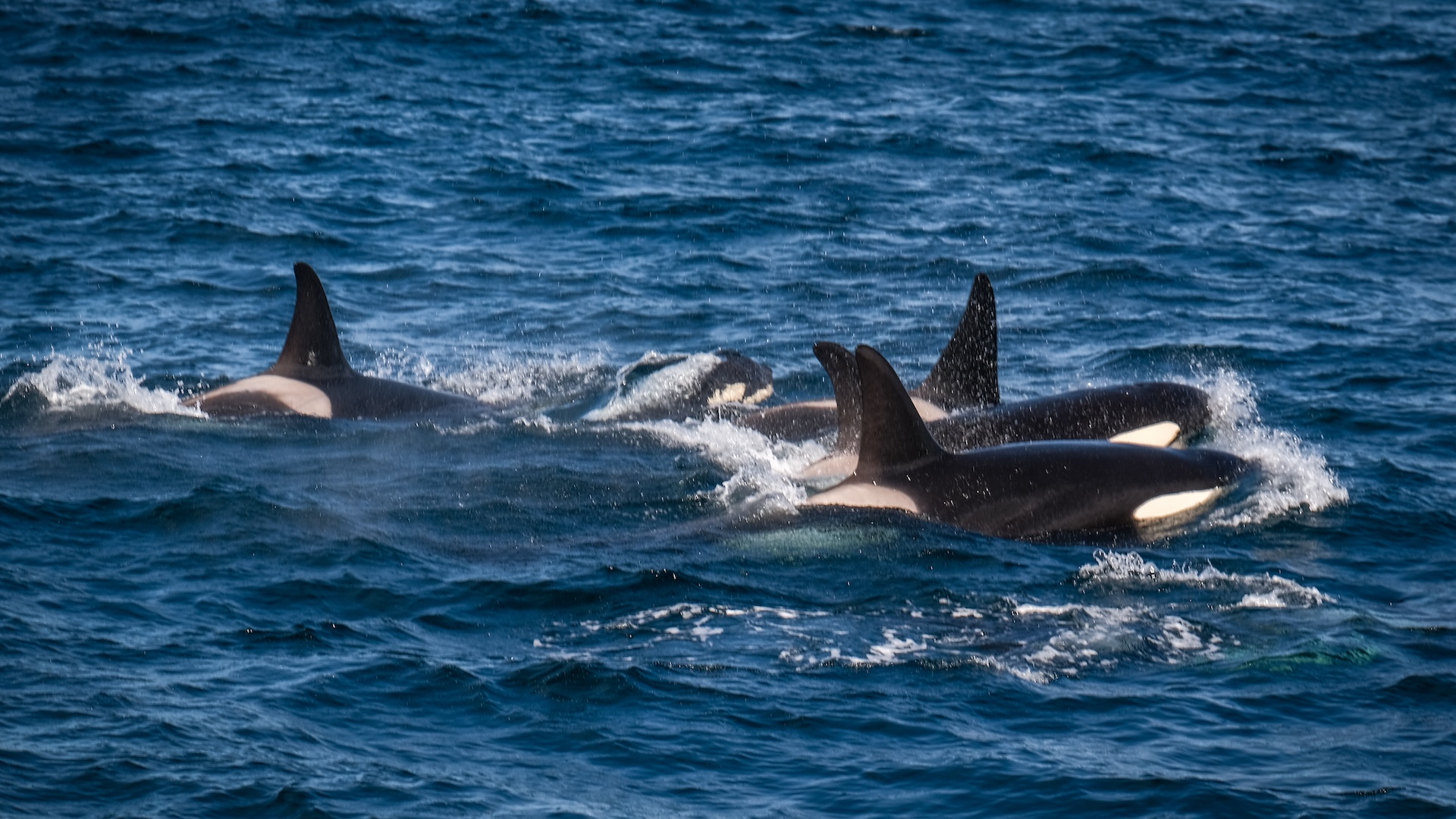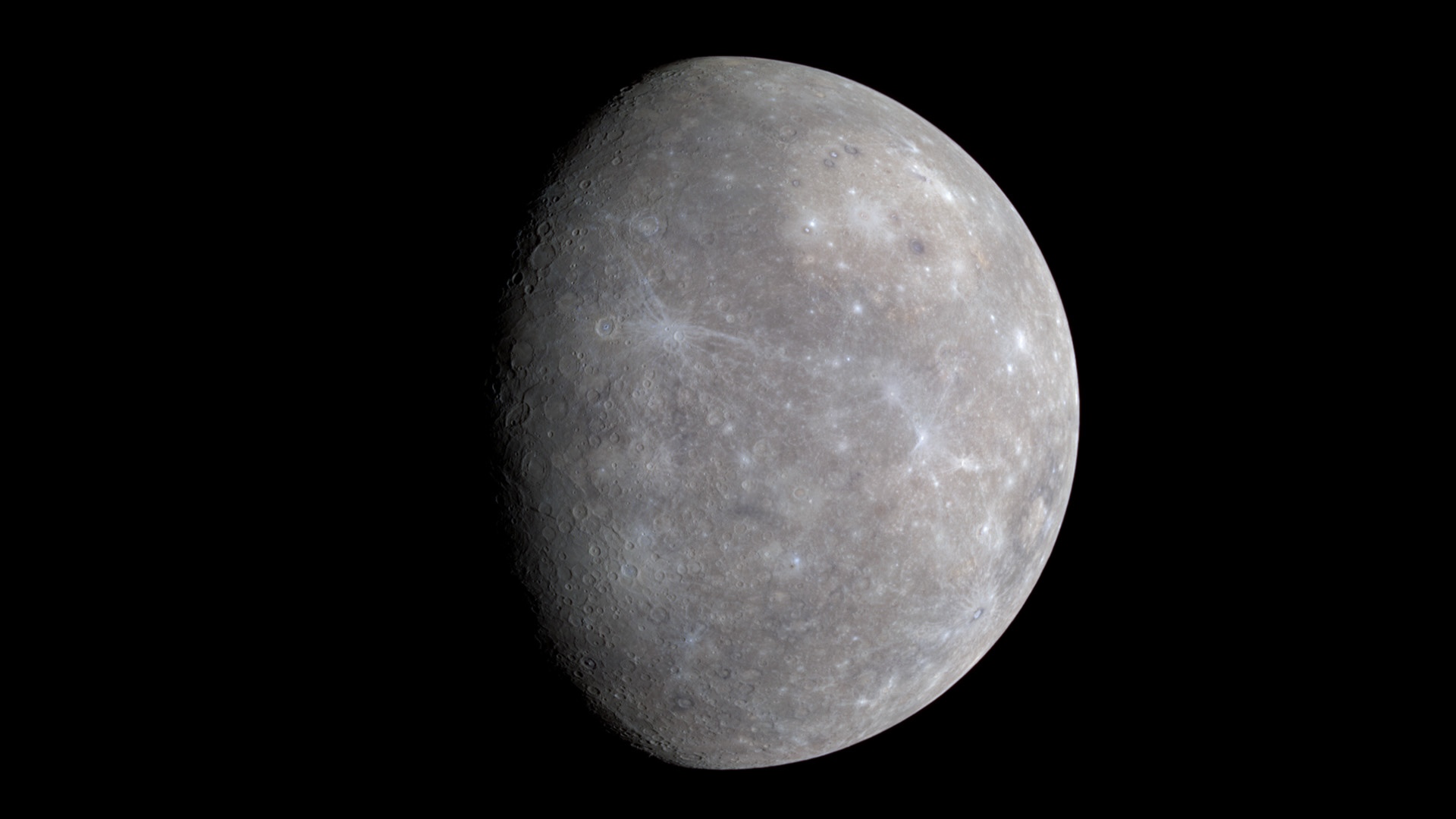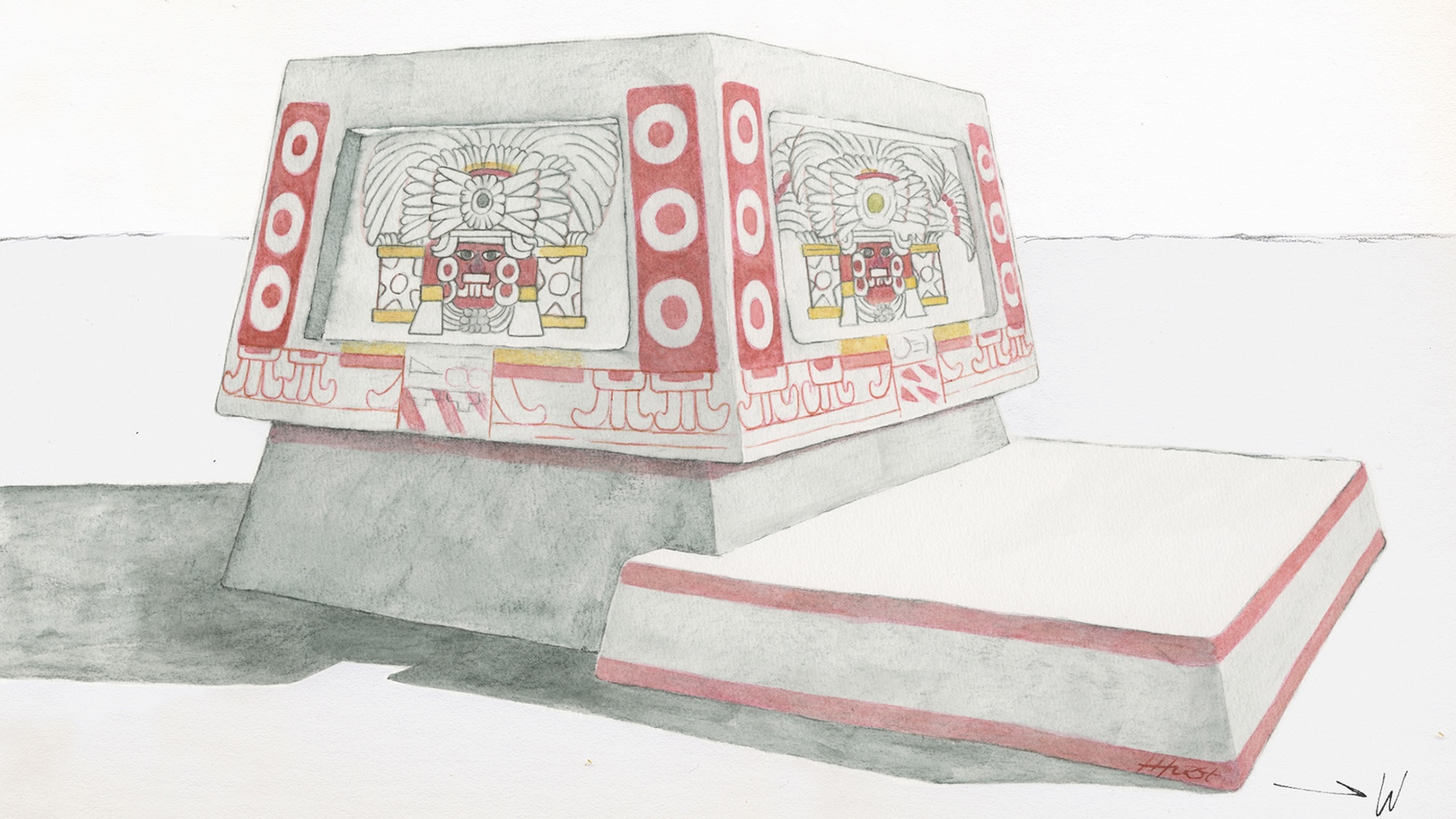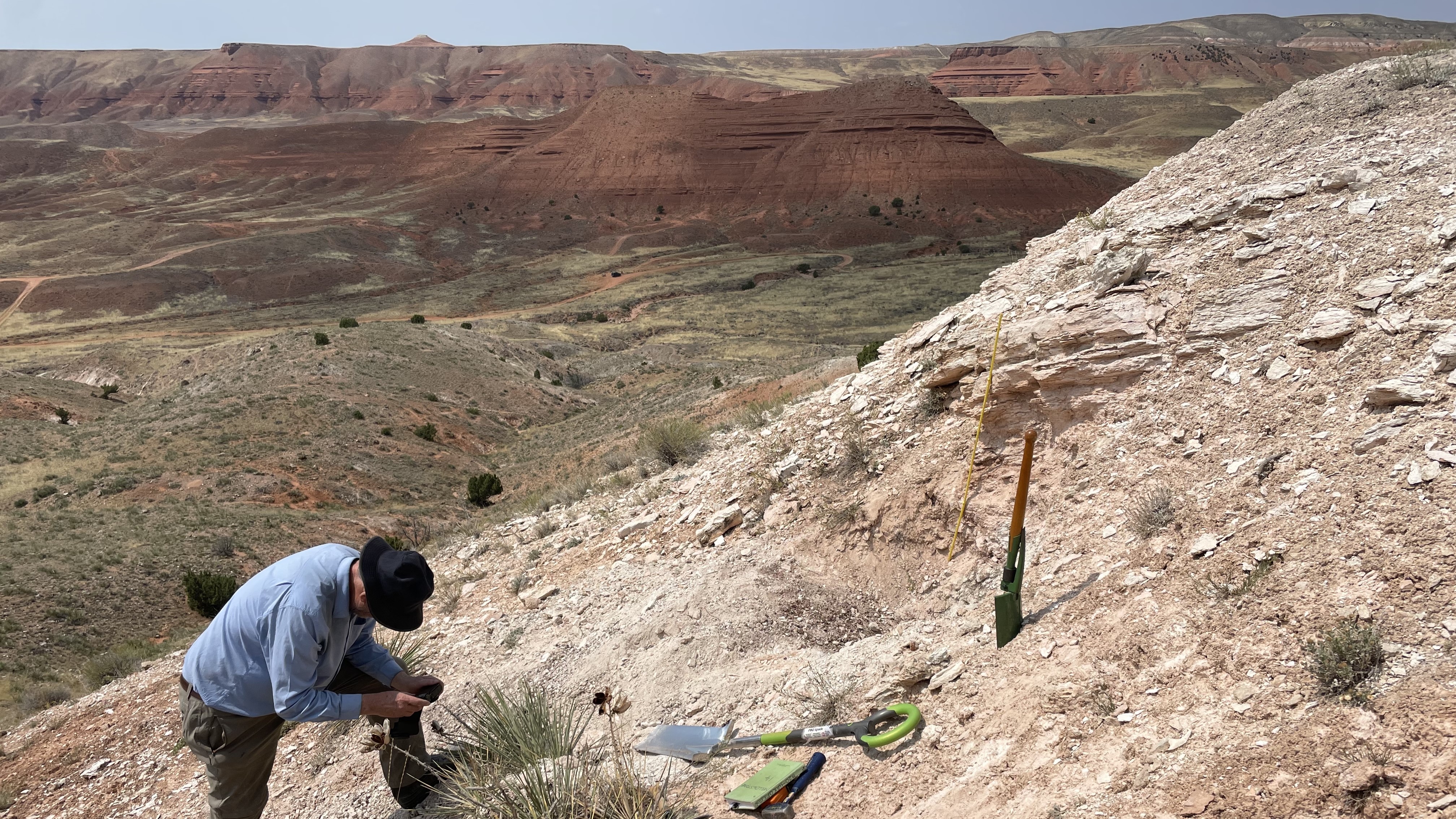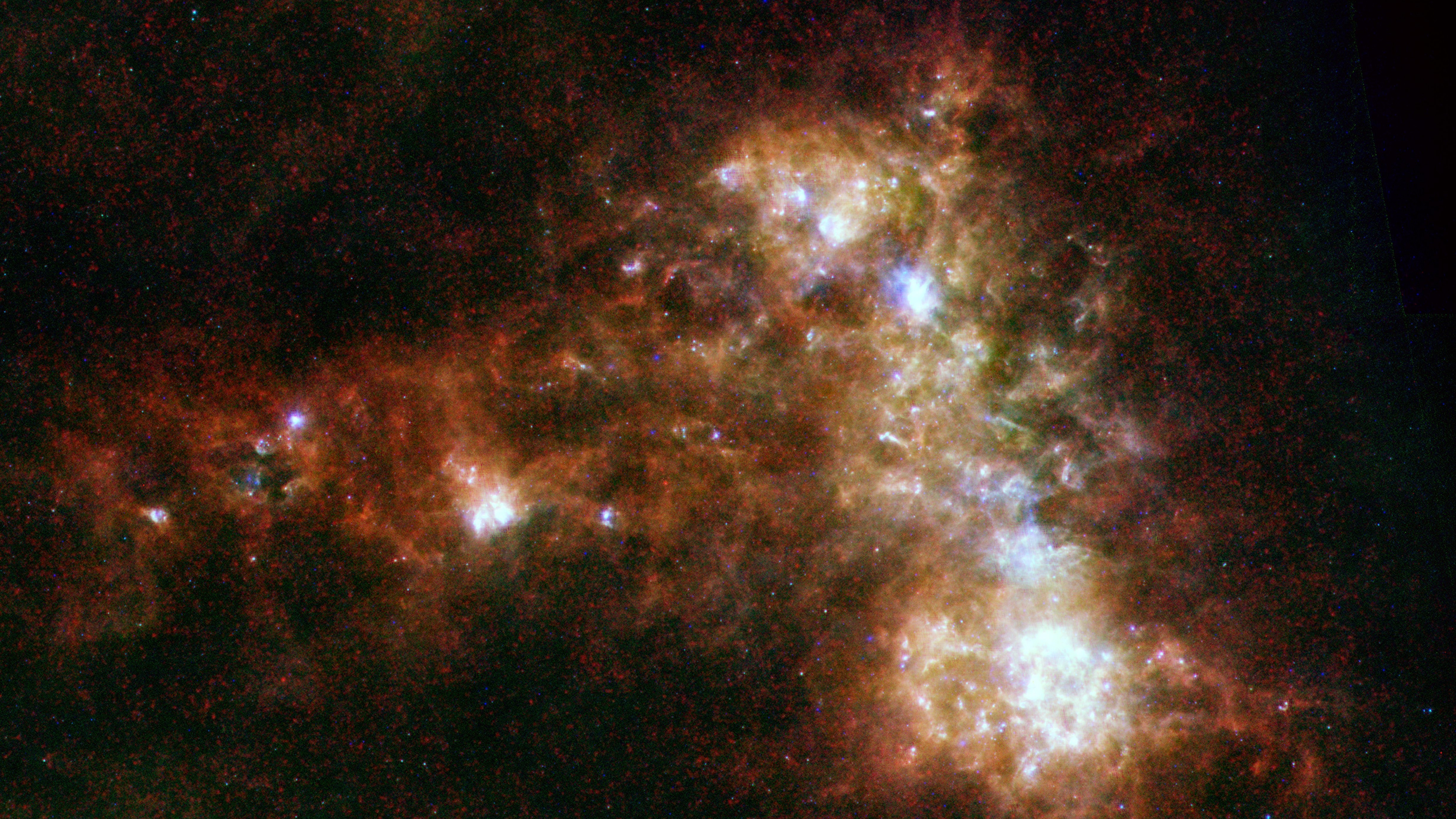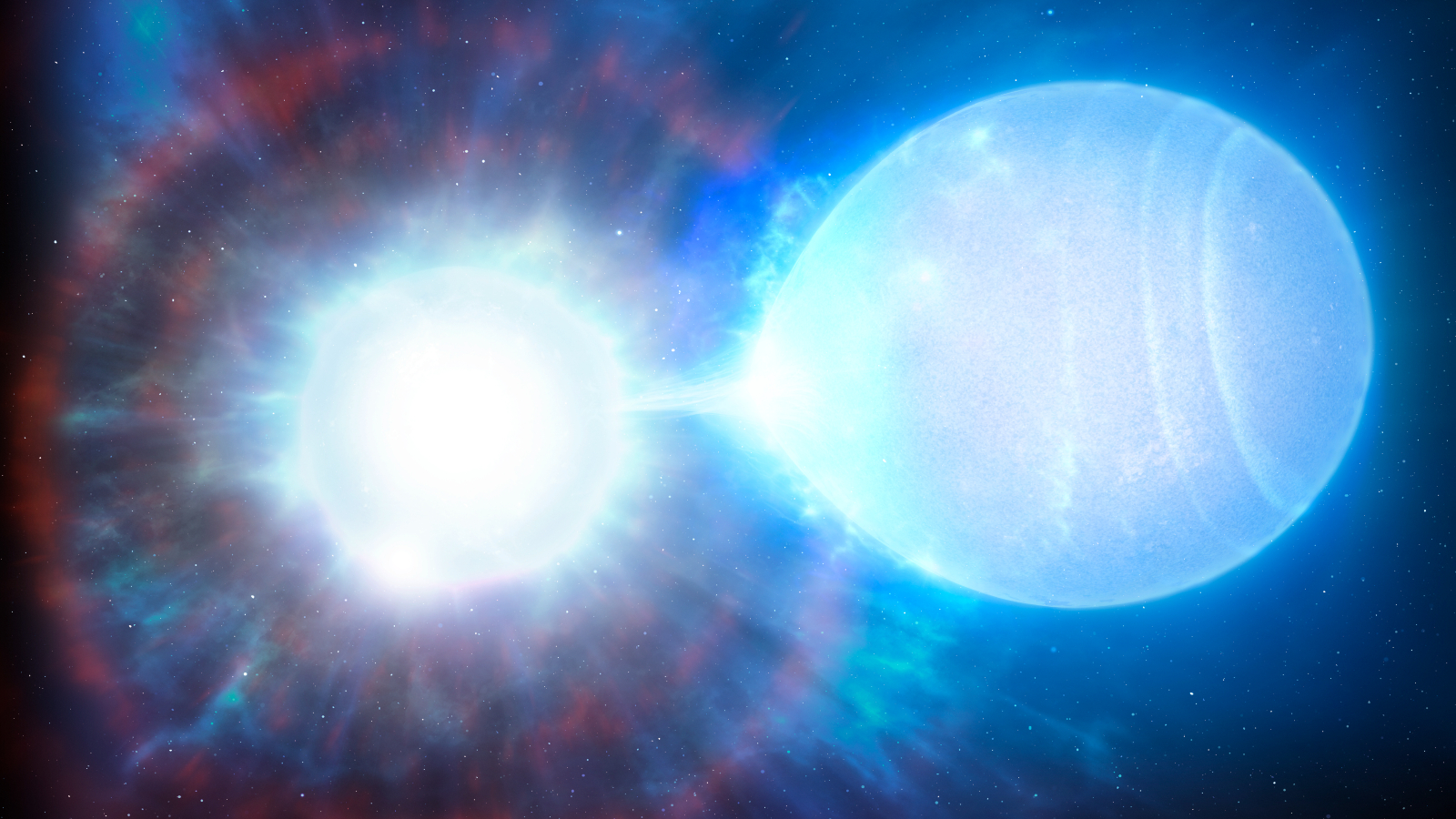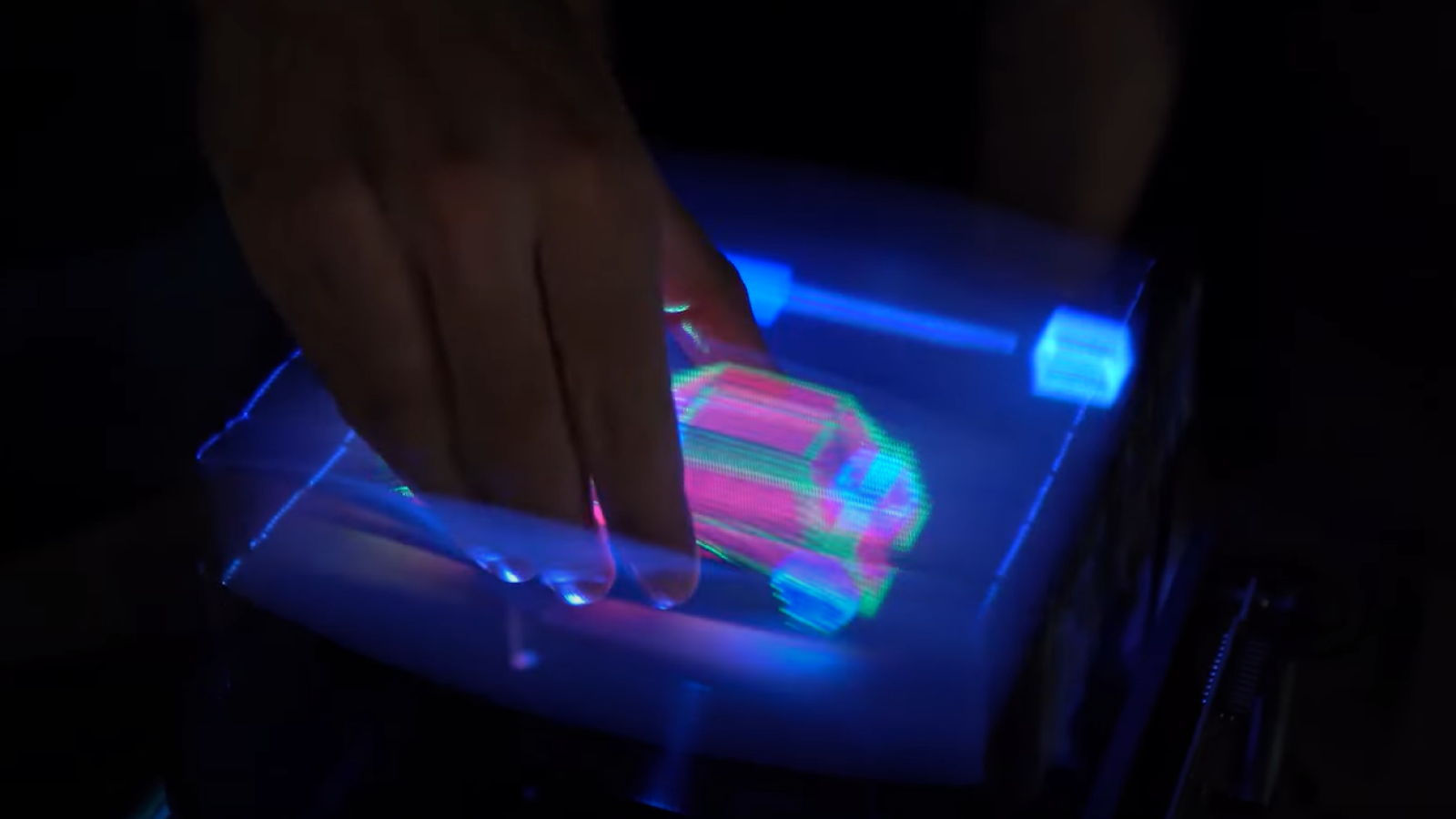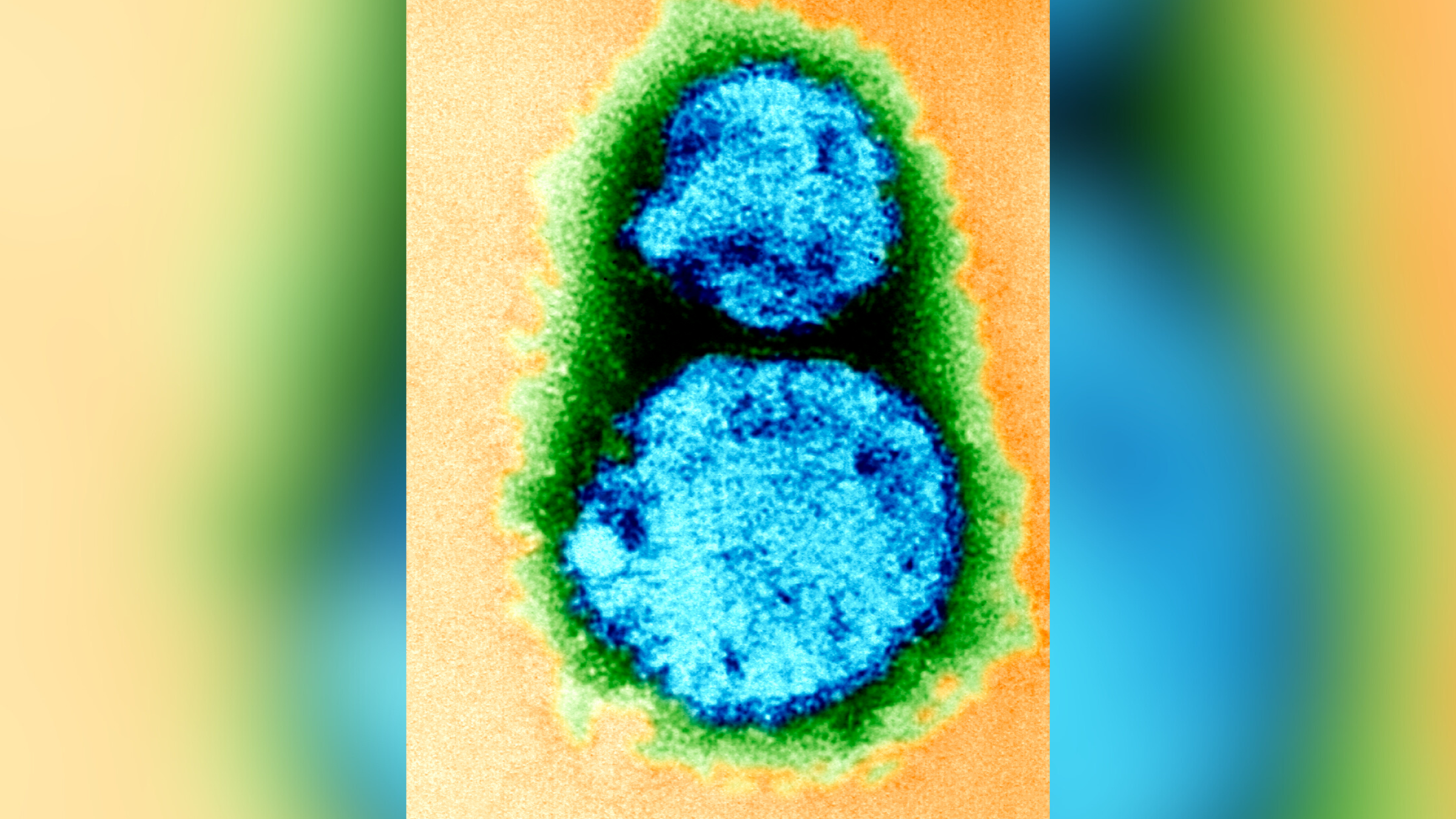In emergency decision, James Webb telescope will study 'city-killer' asteroid 2024 YR4 before its close approach to Earth
In a rare "time-critical" decision, the James Webb Space Telescope will study the true size of the "potentially hazardous" asteroid 2024 YR4 twice over the next few months. The asteroid has a roughly 2.3% chance of impacting Earth in 2032.
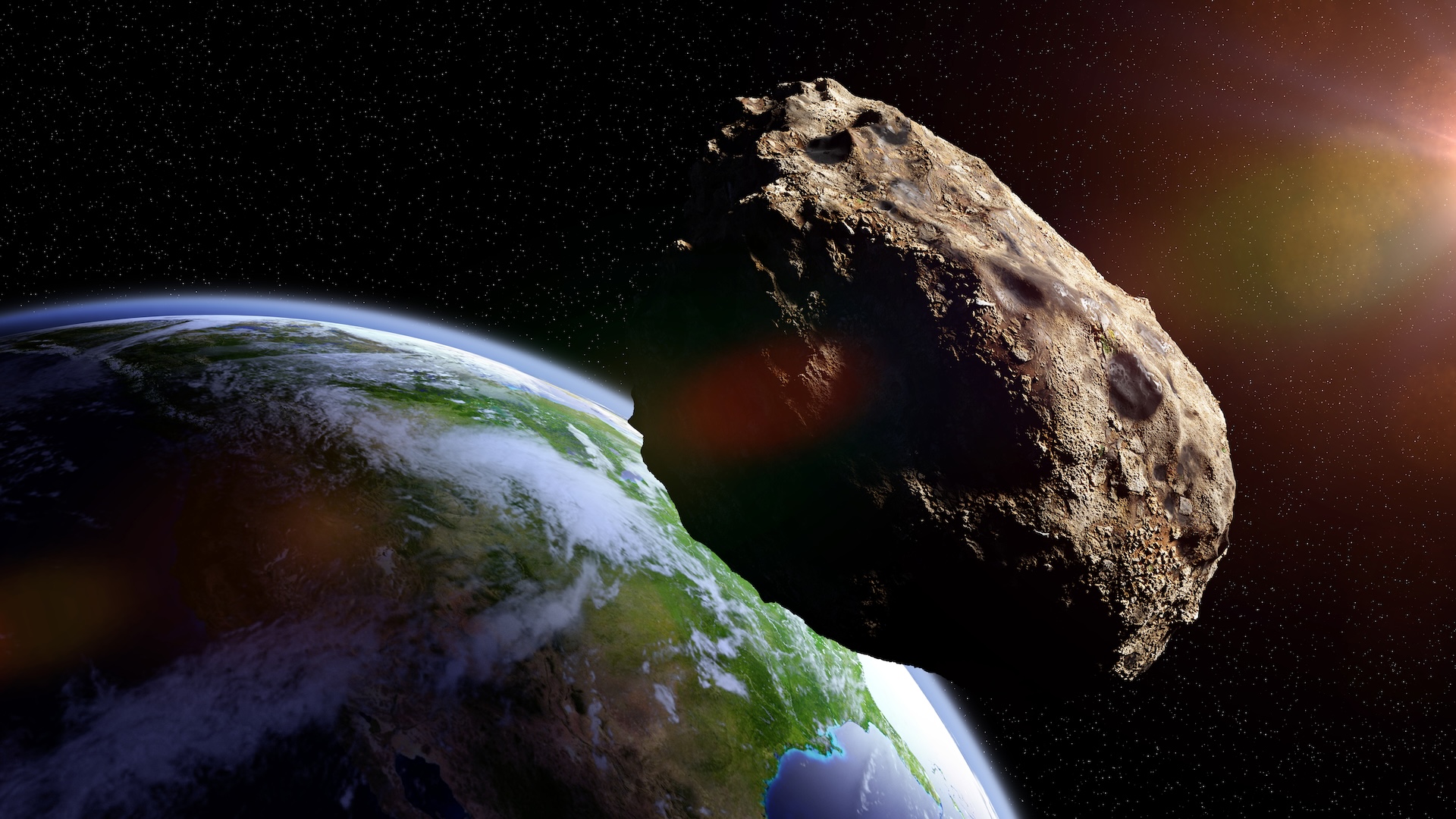
Humanity's most powerful space telescope is setting its sights on the most dangerous known asteroid in the solar system.
According to a blog post from the European Space Agency (ESA), an international team of astronomers has been granted emergency use of the mighty James Webb Space Telescope (JWST) to observe the potentially hazardous asteroid 2024 YR4 in the coming months. The building-size space rock was discovered hurtling through our solar system by NASA's Asteroid Terrestrial-impact Last Alert System in December 2024 and currently sits atop the agency's asteroid watch list, with a roughly 1-in-43 chance (2.3%) of impacting our planet in December 2032.
Measuring a potential 'killer'
Astronomers estimate that the asteroid measures roughly 180 feet (55 meters) across, making it about as wide as the Leaning Tower of Pisa is tall. An impact from such a rock wouldn't trigger a mass extinction like the much larger, dino-snuffing Chicxulub impactor did 66 million years ago. But an asteroid that size could wreak regional havoc similar to the Tunguska impactor that flattened some 80 million trees in the Siberian wilderness in 1908, according to Live Science's sister site Space.com.
However, 2024 YR4's current size is just an estimate based on ground-telescope data. Stifled by Earth's atmosphere, these telescopes see only the sunlight reflected off of the asteroid's surface, which paints a limited picture of its actual size, according to ESA. The space rock could, in fact, be significantly larger than it seems.
Related: NASA's most wanted: The 5 most dangerous asteroids to Earth
"In general, the brighter the asteroid, the larger it is, but this relationship strongly depends on how reflective the asteroid's surface is," ESA officials wrote in the blog post, which was shared Monday (Feb. 10). "2024 YR4 could be 40 m [130 feet] across and very reflective, or 90 m [295 feet] across and not very reflective.
"It is very important that we improve our size estimate for 2024 YR4: the hazard represented by a 40 m asteroid is very different from that of a 90 m asteroid," ESA added.
Sign up for the Live Science daily newsletter now
Get the world’s most fascinating discoveries delivered straight to your inbox.
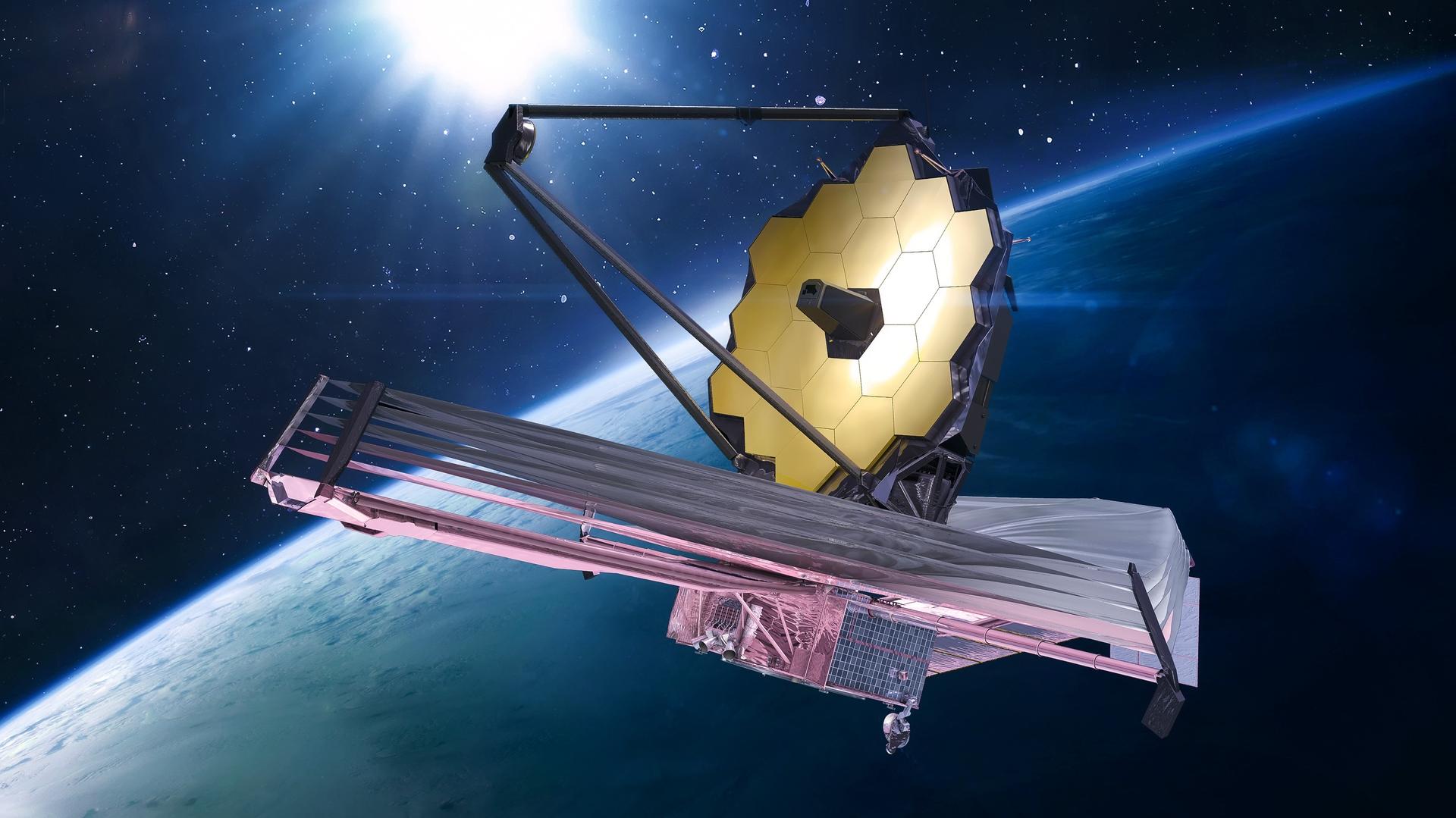
JWST to the rescue
The upcoming JWST observations will significantly improve our understanding of the asteroid's size, according to ESA.
Rather than looking at reflected sunlight, JWST's infrared instruments will study the heat emitted by the asteroid itself, helping to constrain its true size and surface composition. The space-based JWST will also have a much clearer view of the asteroid compared with its ground-based counterparts, which must peer through the obscuring veil of our planet's atmosphere to observe near-Earth objects. (NASA and ESA's planned next generation of asteroid-hunting telescopes will also use infrared, for these reasons.)
JWST will first observe 2024 YR4 in March as the asteroid reaches its peak brightness, according to ESA. In May, the telescope will observe the asteroid again as it zooms far away from the sun — the final viewing opportunity for this space rock until its next close approach comes in 2028.
In total, the team behind the research will use about four hours of JWST's time, which is strictly budgeted through a competitive proposal process. The upcoming asteroid observations will come out of JWST's "director's discretionary time," a small stash of research hours reserved for time-sensitive observations that can't wait for the next year's proposal process. All data from the observations will be made publicly available upon release.

Brandon is the space/physics editor at Live Science. His writing has appeared in The Washington Post, Reader's Digest, CBS.com, the Richard Dawkins Foundation website and other outlets. He holds a bachelor's degree in creative writing from the University of Arizona, with minors in journalism and media arts. He enjoys writing most about space, geoscience and the mysteries of the universe.
You must confirm your public display name before commenting
Please logout and then login again, you will then be prompted to enter your display name.
